A graph of sunspot counts from 1700 to 1993.
Click on image for full size
Image courtesy NOAA/NGDC.
Metrics & Indices that Describe Space Weather
As with weather on Earth, there are space weather reports and forecasts. In these reports and forecasts, scientists use metrics and indices.
Just what are these metrics and indices? They are numbers that have to do with the different players in the space weather scene during that time period. One example might be the number of sunspots on the Sun at that time. The higher the number of sunspots, the more active the Sun is likely to be. The more active the Sun, the more flares or coronal mass ejections we might see coming from the Sun. So, you can see that number of sunspots is a good metric for telling how active the Sun will be.
Other metrics and indices deal with the solar wind, the magnetic field out in space (IMF), the Earth's magnetic field and the Earth's atmosphere.
You might also be interested in:
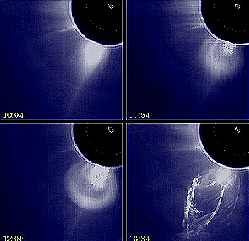
The Sun is not a quiet place, but one that exhibits sudden releases of energy. One of the most frequently observed events are solar flares: sudden, localized, transient increases in brightness that occur
...more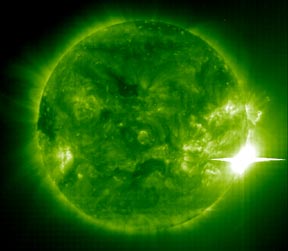
Text for this level has not been written yet. Please see the "Intermediate" text for this page if you want to learn about this topic. To get to the "Intermediate" text, click on the blue "Intermediate"
...more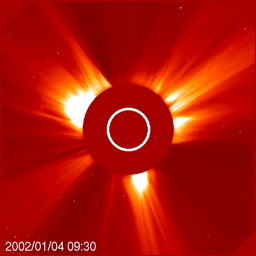
Have you ever seen an explosion before? Maybe you've seen a volcano explode on t.v. Or maybe you've seen a potato explode in the microwave because your mom forgot to poke holes in it. Well, explosions
...more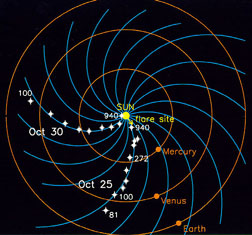
The Sun acts like it has a big magnet in the middle of it. We call this the Sun's magnetic field. The Sun's magnetic field has a fancier name, the Interplanetary Magnetic Field (IMF). This just means that
...more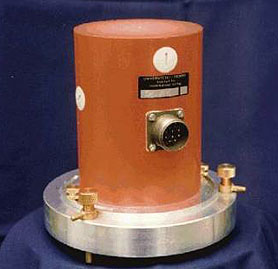
Even though the Sun is very far away, it has a big effect on Earth. It gives us warmth and light. Storms on the Sun can also bring about what scientists call space weather on Earth or near Earth (just
...more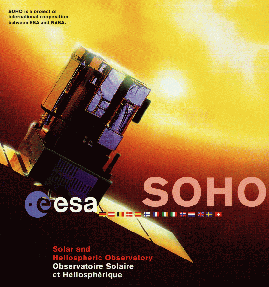
Satellites in space help us measure space weather. They collect info about the Sun, Earth's magnetosphere, Earth's atmosphere, and space weather. Spacecraft that Watch the Sun Some spacecraft watch the
...more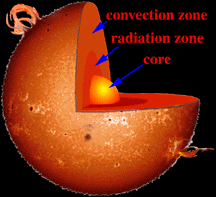
Scientists have named the parts of the Sun. The "surface" of the Sun is called the photosphere. The three areas inside the Sun are called the core, the radiation zone, and the convection zone.
...more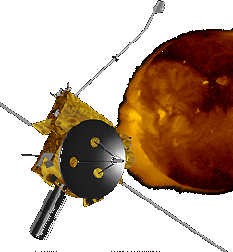
Scientists use different ways to study space weather. They use instruments in space like satellites and orbiting telescopes. Scientists also use instruments on Earth to study space weather. They use these
...more















